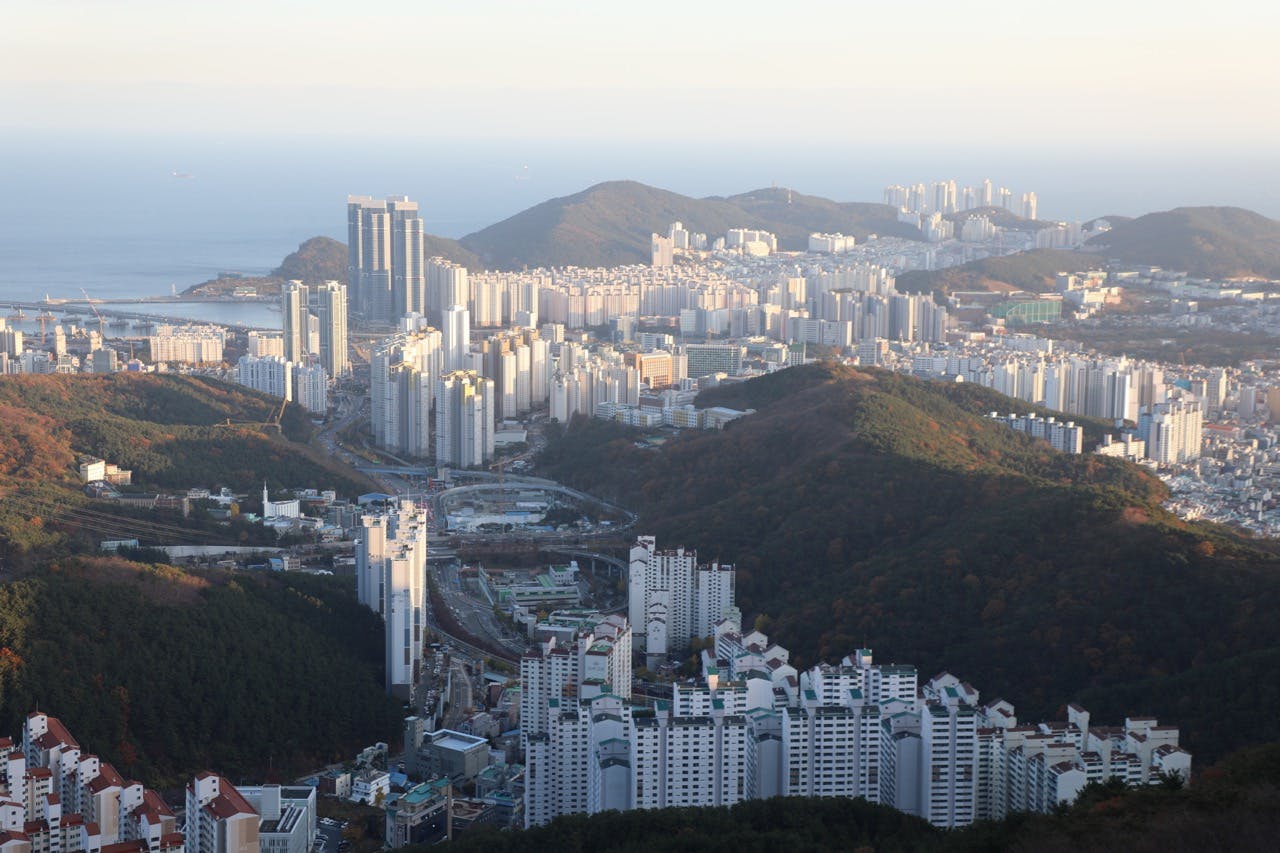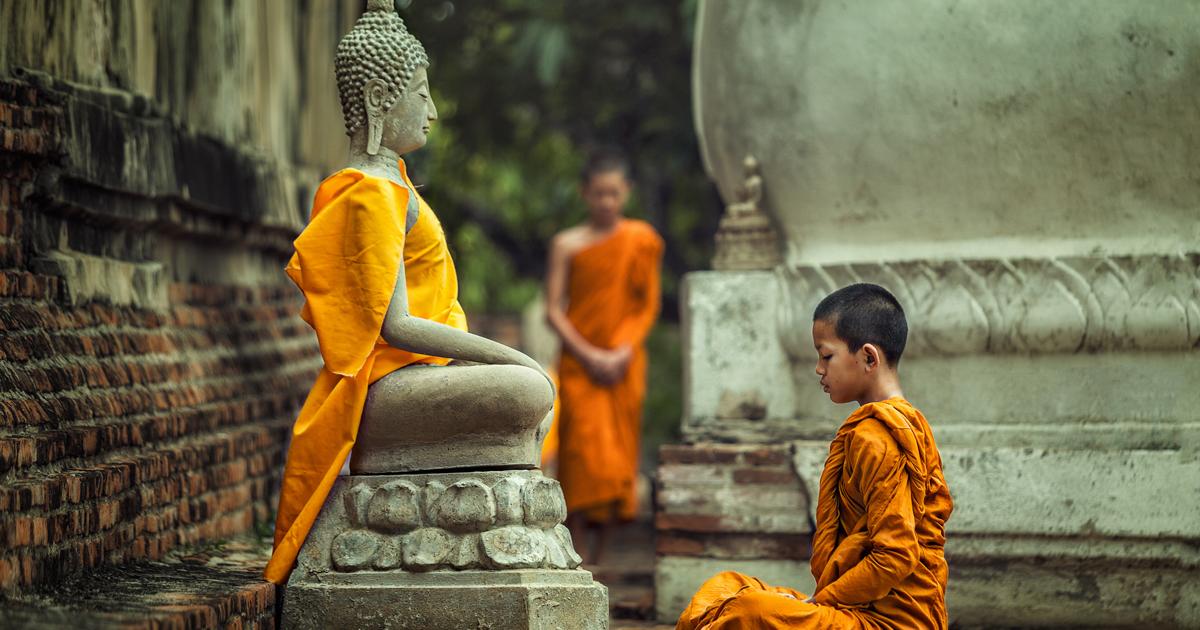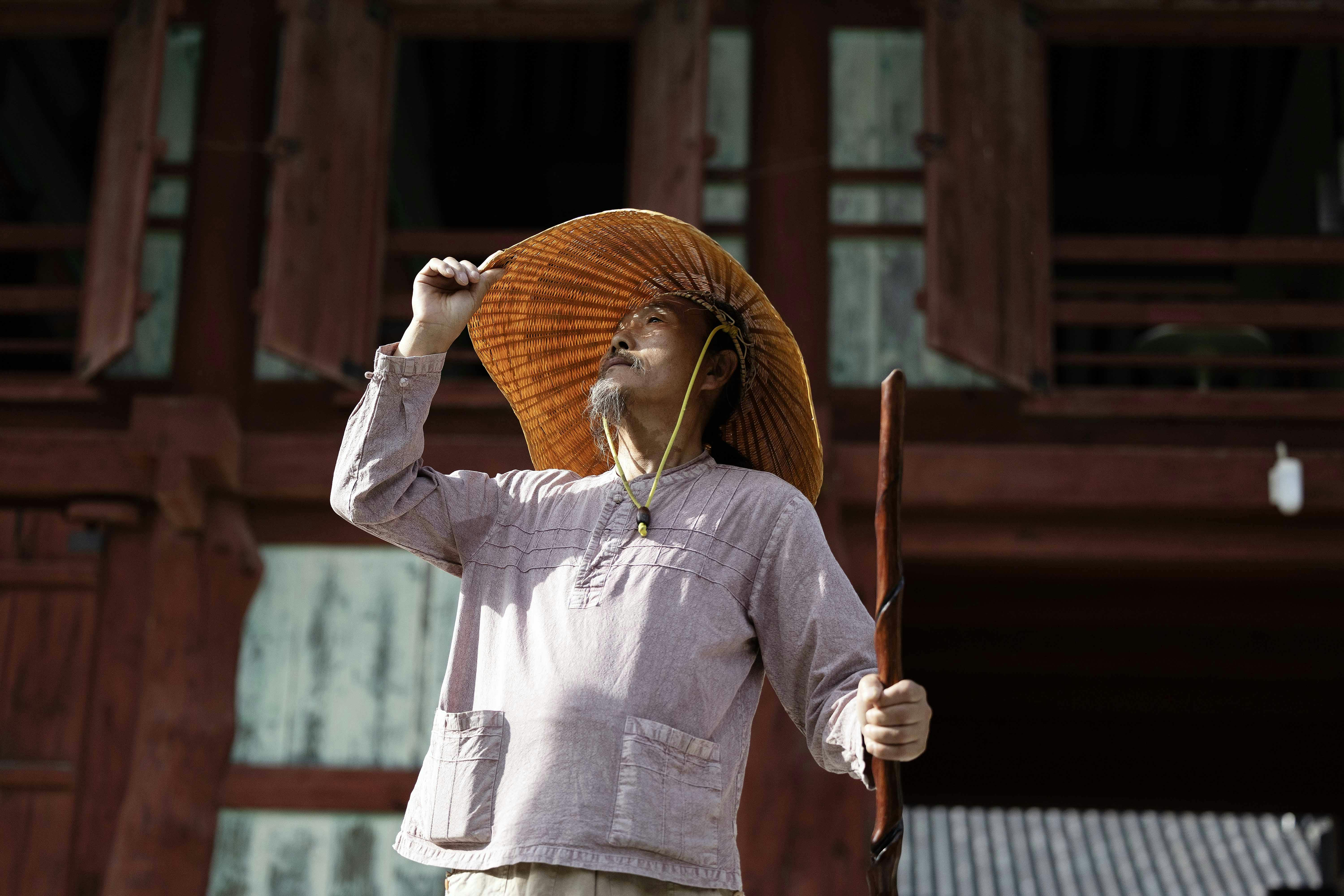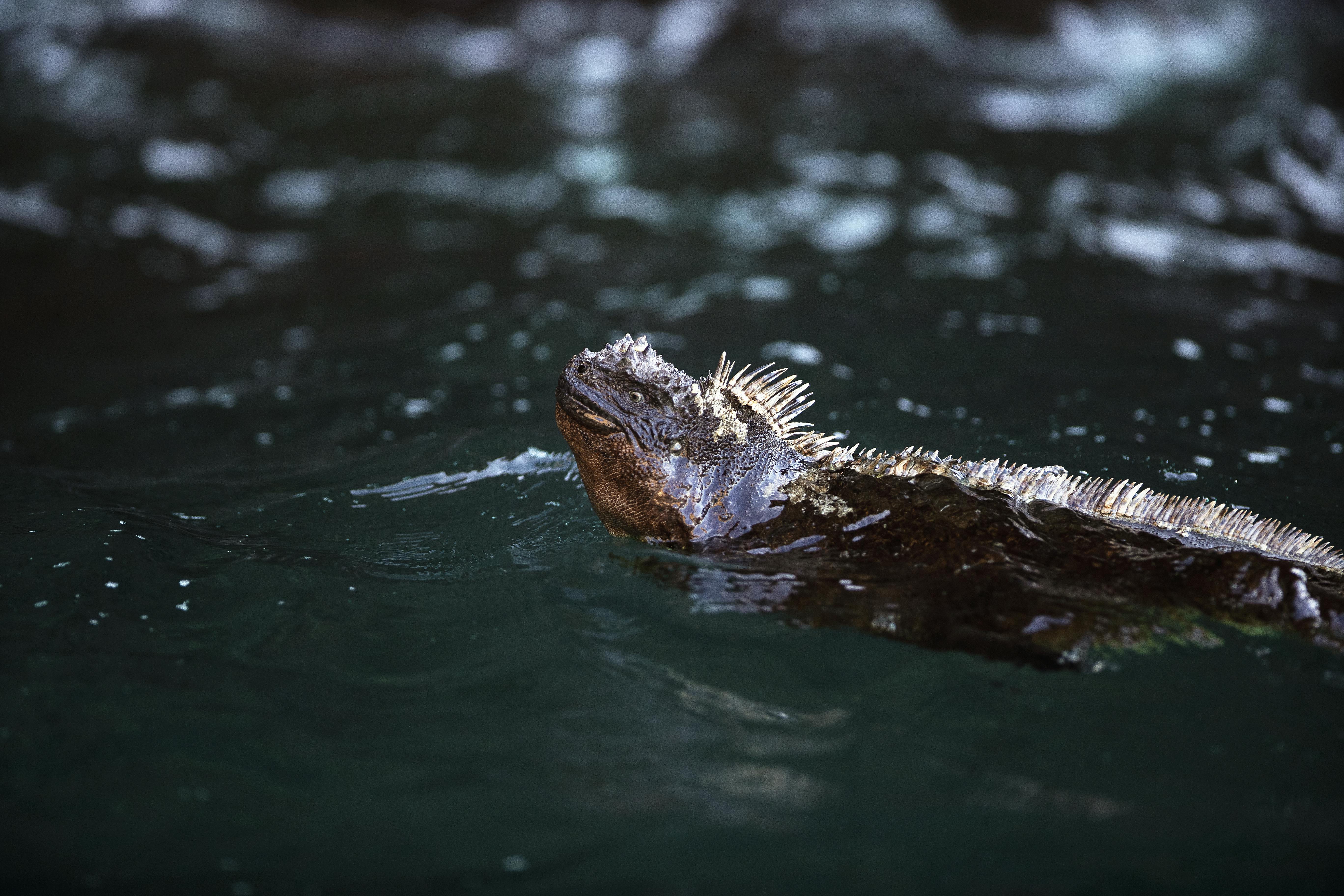Our Insider’s Guide: Korea’s Busan
I’ve heard Busan described as Korea’s San Francisco and/or its Los Angeles, and having lived in both cities, there’s a point. It’s a mix of both, really; its topography includes peaky mountains and coastal beaches. Its urban layout mixes sleek skyscrapers, old villages, traditional food markets and historic temples.
It’s home to the annual Busan International Film Festival, and its shops and galleries are first rate. In fact, Busan requires more than just a day’s visit that one gets on a cruise itinerary, and here’s the thing: Once you’ve discovered Busan the first time, you can go back and spend more time here to make sure you’ve experienced everything.
Historically and with a population of 3.5 million, this city on the East Sea was Korea’s first port, back in 1876. It’s Korea’s second largest city, next to Seoul.
How should you spend your day?
We started our trip here by visiting Busan Haeundae X the Sky, a dramatic and entertaining observatory near the top of Korea’s second largest building. The birds-eye view will give you a perspective on this sprawling city.
Gamcheon Culture Village, a one-time shantytown housing North Korean refugees, has been artistically transformed into a vibrant, multicolored neighborhood with teasing alleyways, art galleries, boutiques and cafes. The community is about 300 meters (almost 1,000 feet) above sea level, says Mr. Kim Moon-saeng, who was 13 when his family moved here. It started with about 800 small houses and has since grown to 4,000.
“Positioned in the mountains with bright colors,” he tells us, “it’s a place where we live closely with one another. We take care of preserving cultural traditions and archetypes of our people.”
Busan’s temples are part of its allure, and their locations range from seaside to the mountains. The most famous – and most Instagrammable (particularly at sunrise because it faces east) – is the Haedong Yonggung Temple, dating to 1376. It’s tucked into the cliffside, just above the crumbling rocks and crashing waves of the East Sea. The temple’s multistory pagoda is adorned with lions and is replete with crowds; there’s a more celebratory than thoughtful vibe, and there are stalls where you can buy Korean tourist tat and street food.
Far more introspective and, yes, more peaceful, is Beomeosa Temple. For 1,300 years it’s been a center for Korean Buddhism and is hidden away near Geumjeong Mountain. “There’s a saying in Korea,” Monk Jang San tells us during our visit. “If you go to a place in the mountains where there’s good feng shui, there’s always a temple there.”
Here, he adds, “Beomeosa Temple is coherent with nature, colors are intentionally selected to make harmony with nature. It’s the way that we live our daily lives, reminding ourselves how the Buddha lived.”
Even if training to become a monk is not in your life’s plan, a visit here still reminds you of why Buddhism and temples are so important to the fabric of Korean history and life. “The ultimate goal of becoming a monk is to become enlightened, and the idea of being enlightened is to be free from suffering,” Monk Jang San says.
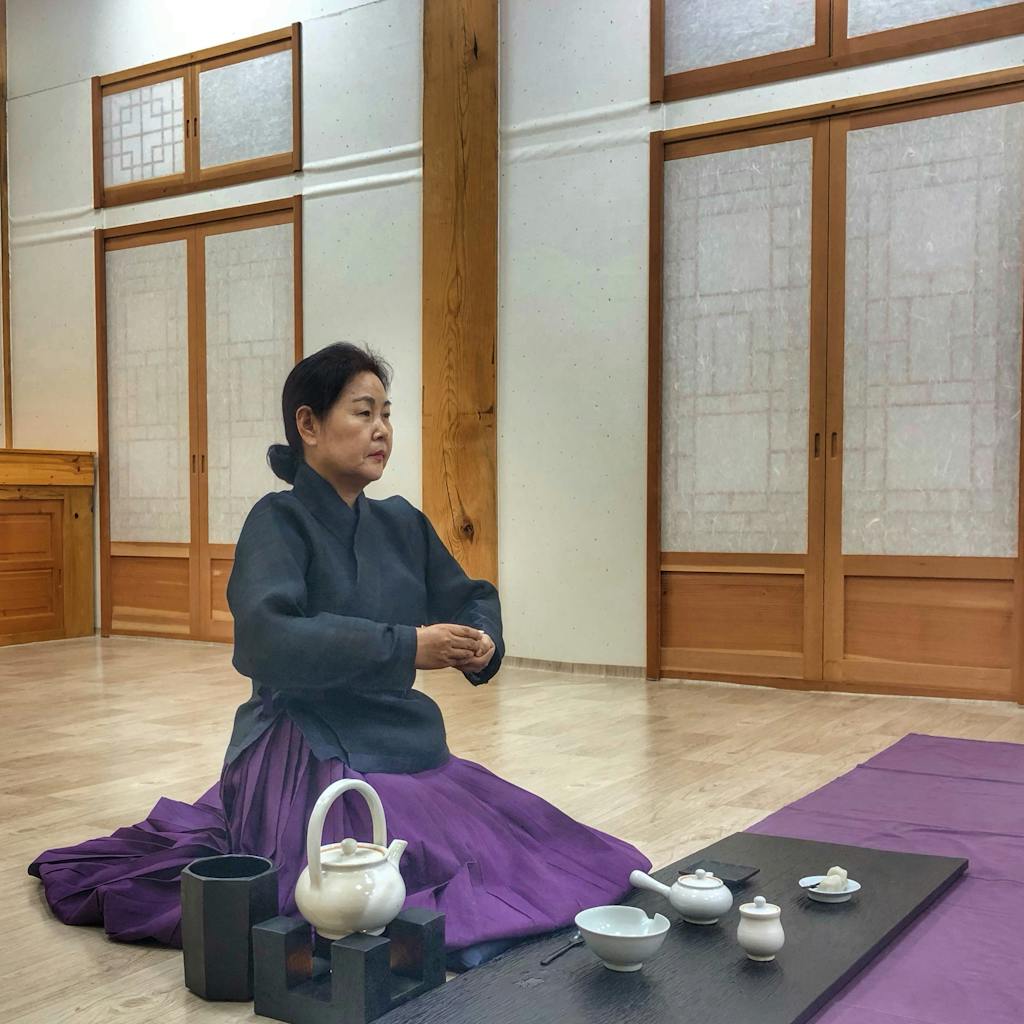
“In today’s society it’s hard to enjoy moments of silence. Every day you are surrounded by noise, not just physical noise but also visual noise. People need to pick these times of calming down and focusing on the here and now.”
Discoveries in Busan
Biggest surprise: The beach culture in Busan is robust and vibrant. The best known is Haeundae Beach, an urban stretch of sand close to downtown attractions.
Best for culinary enthusiasts: Certainly the city’s markets – including the Jagalchi Fish Market, right on the harbor, are key stops. Sign up for a cooking lesson where you’ll learn to prepare bulgogi (a Korean beef barbecue dish) or bibimbab (warm white rice topped with seasoned vegetables).
Favorite quiet moment: Ship tours that visit Beomeosa Temple incorporate a tea ceremony experience into the trip. It’s a ritual that’s meditative. Featuring green tea grown locally, the ceremonial service is designed to quiet your mind, focus on the steps involved and close out life’s noise – at least for an hour or so.
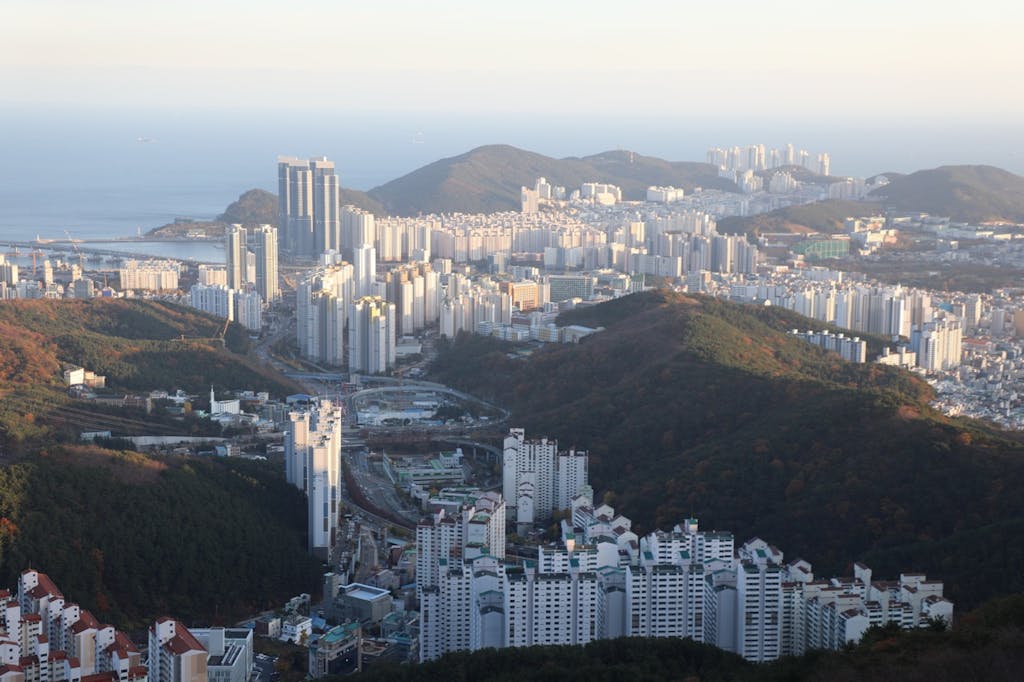
Hassle-free touring: Do your research before calling at Busan, and decide which aspects of this magnificent city appeal to you most. Shore outings offered focus on special interests (culinary, temples, history, markets, Gamcheon) or choose an overview tour that sketches out the high points.
Editor’s Note: In this package of five stories about Korea and its ports of call, some you’ve heard of, others exquisitely new to many travelers, read more about our impressions about Korea from the trip and also about Incheon, Yeosu and Sokcho.




